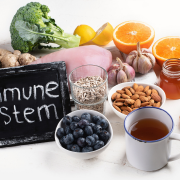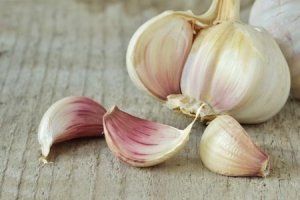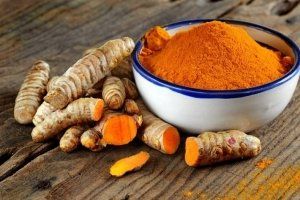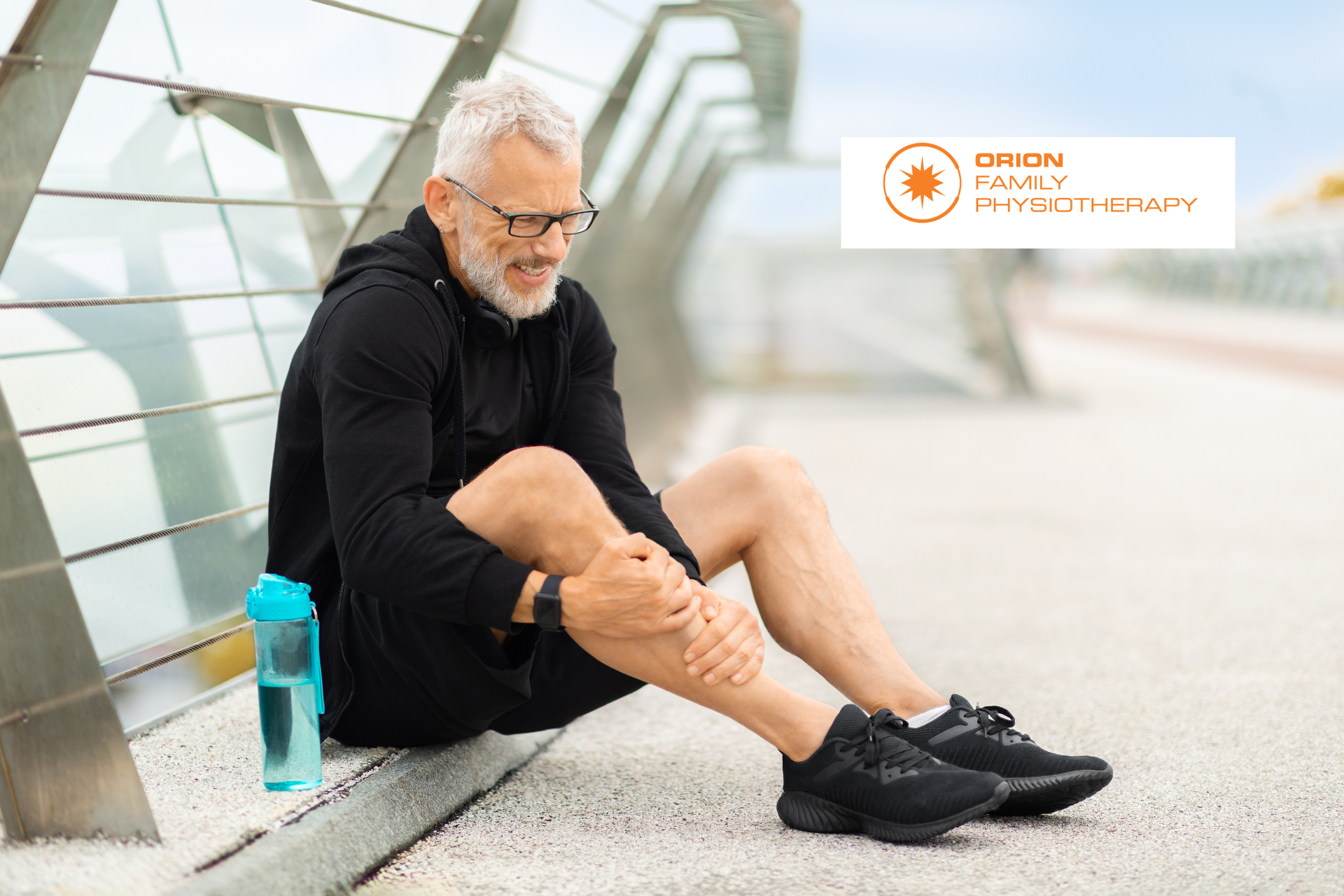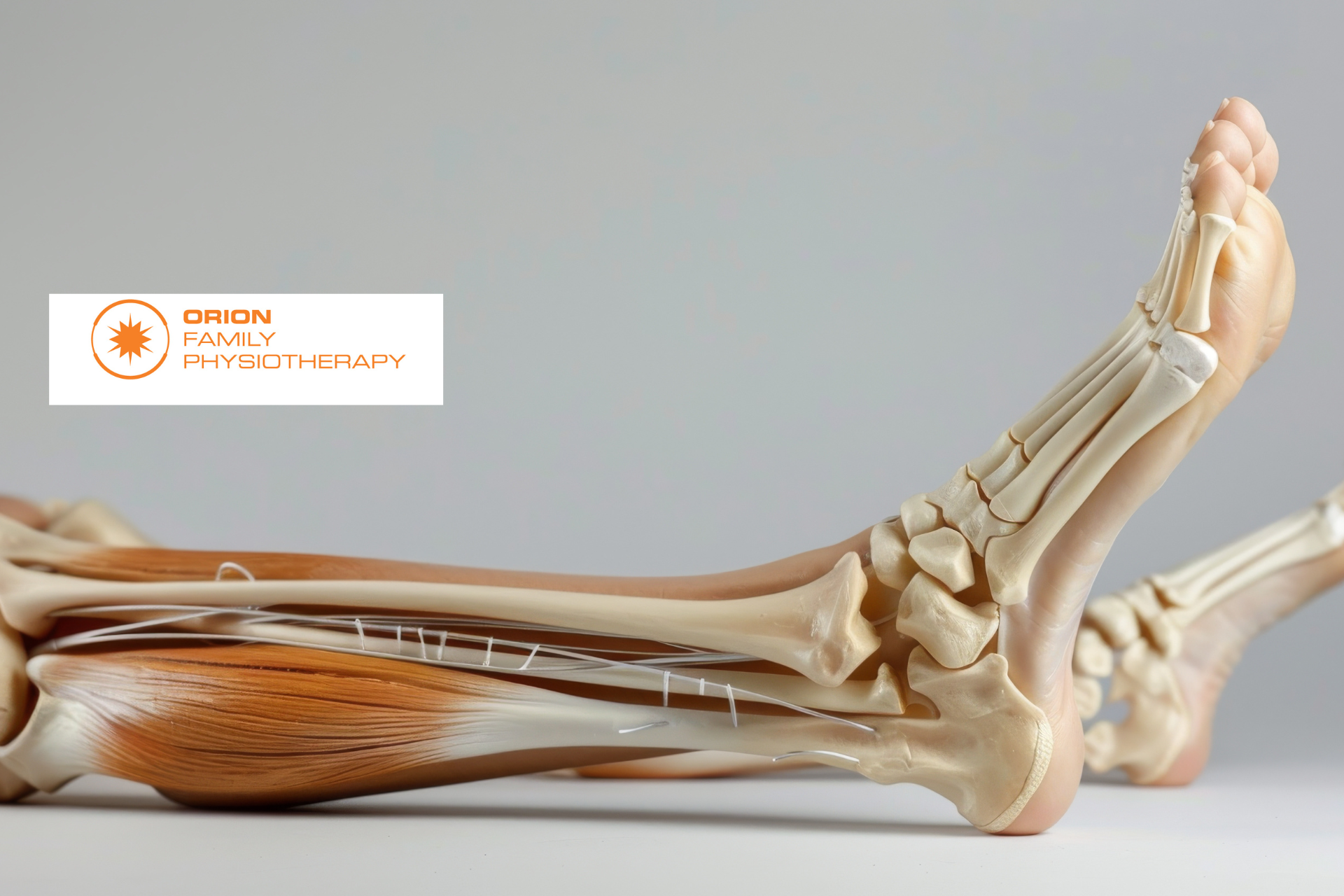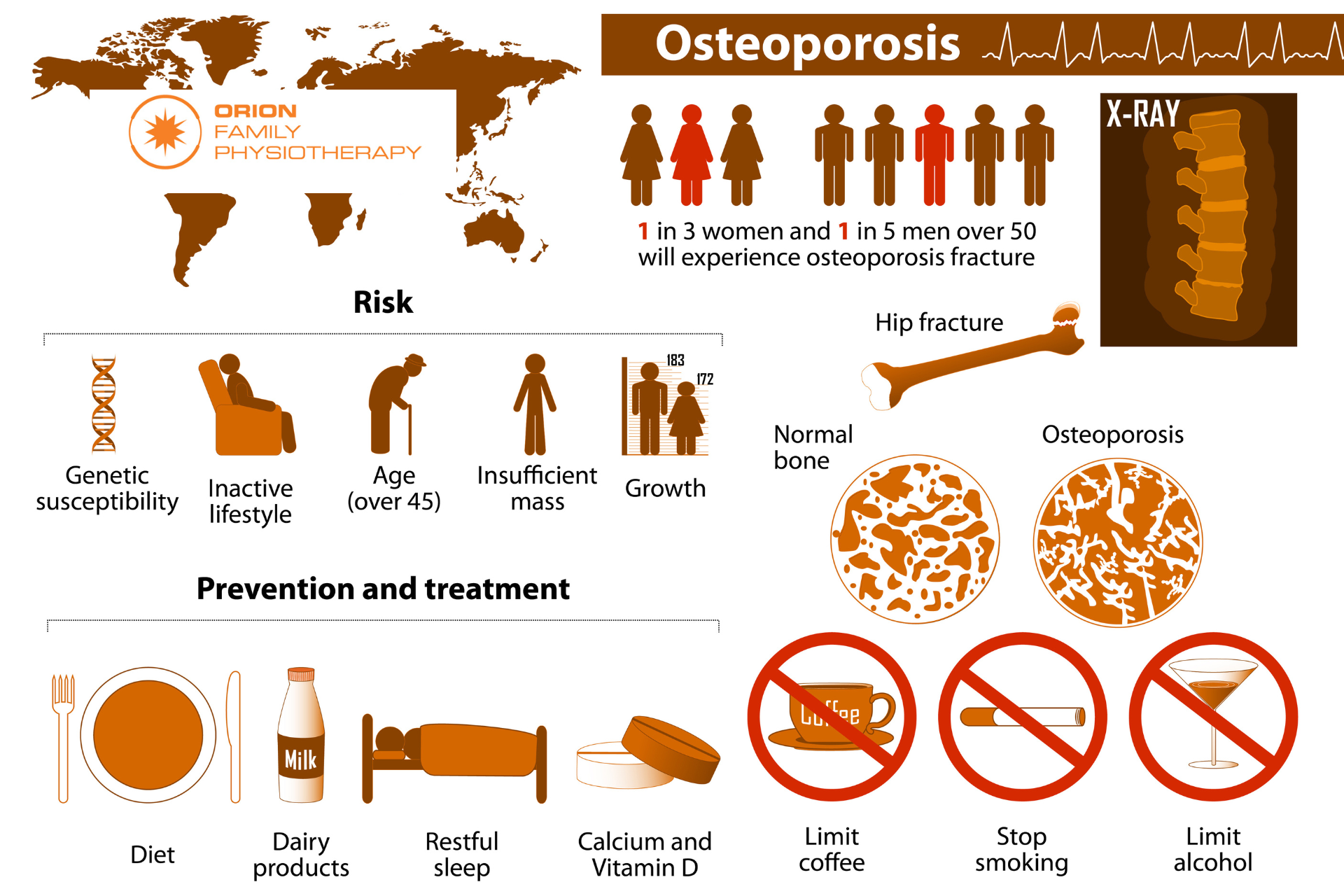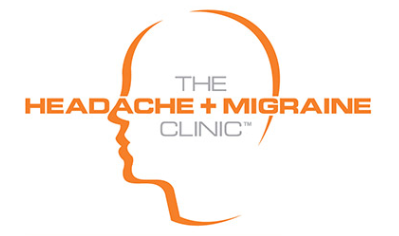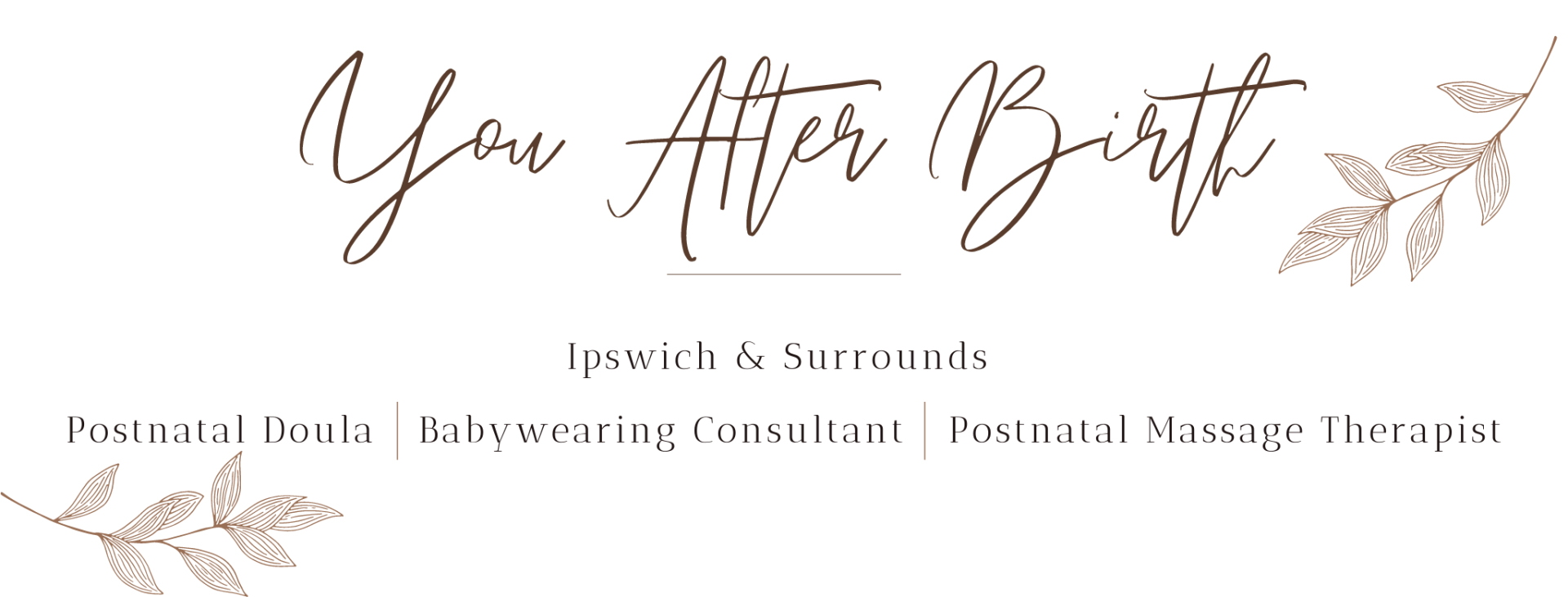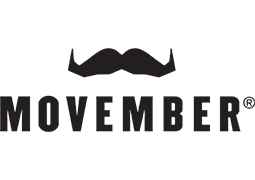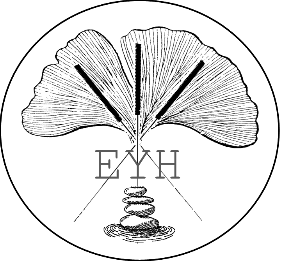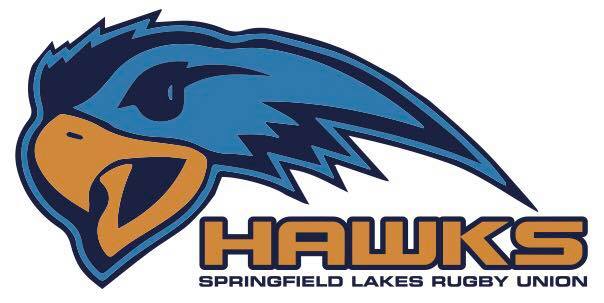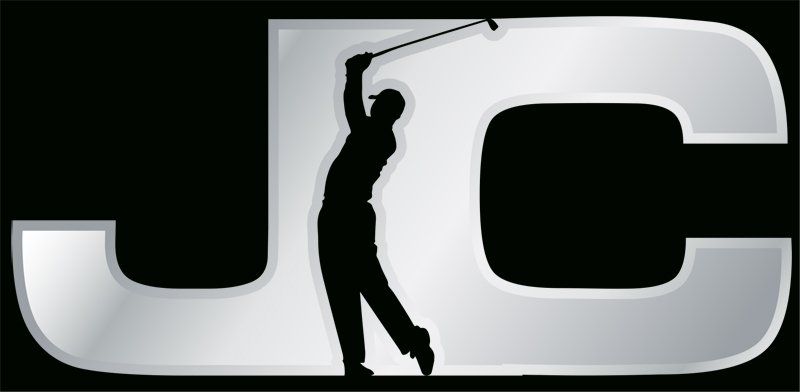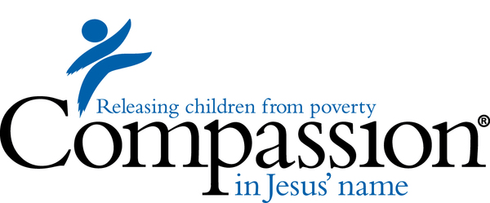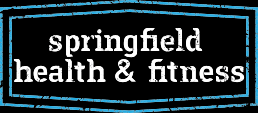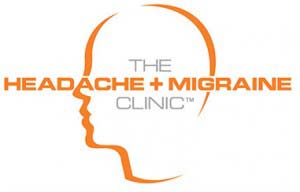Helping Your Immune System
July 19, 2019
Sick of feeling under the weather? Cold or Flu hindering your exercise or sport? Read this!
If your body is struggling with a virus then you will not heal as well from a musculoskeletal injury. Your body’s energy and resources are actually triaged away from healing and focussed on fighting the flu.
There are some evidence-based ways to help your immune system fight off cold and flu viruses this winter to keep you healthy and exercising!
If you have an injury, it makes sense to do what you can to prevent succumbing to these viruses. Recent research has highlighted just how certain foods and natural supplements actually help the body’s immune system fight off colds and flu.
It’s always wise to consult a health professional trained in nutrition for specific advice on any supplements or tablets.
Vitamin C – involved in making hormones, supporting your adrenals, is a powerful antioxidant reducing the effect of infections. The amount of Vit C that can be tolerated before causing diarrhoea increases with how sick someone is – i.e. your system wants, and absorbs more vitamin C the more sick you are!
B Vitamins – Are crucial co-factors to almost every chemical reaction taking place within your body including your immune system, adrenals, liver etc.
Angiographis – a herb – actually interferes with the receptors on the shell of the virus inhibiting attachment to our cells so they can’t infect and replicate.
Zinc – is critical for making your immune cells – neutrophils, T cells, monocytes etc as well as helping many chemical reactions in relation to your immune system. Zinc deficiency affects the ability of T cells and other immune cells to function as they should.
Garlic – Has antibacterial properties and is an antioxidant; it increases the number of T cells in your bloodstream, helps absorb zinc and decreases stress hormones so your body can use nutrients more effectively to fight of the virus.
Turmeric– Is an antioxidant, is antibacterial and has anti-inflammatory benefits. Curcumin – the active part of turmeric is poorly absorbed by humans so supplements that have been processed to improve its absorbability are recommended.
Also:
- Don’t smoke
- Eat a diet high in vegetables and protein and low in sugar and saturated fat
- Exercise regularly
- Maintain a healthy weight
- If you drink alcohol, drink only in moderation
- Get adequate sleep
- Practice good hygiene
- http://www.health.harvard.edu/staying-healthy/how-to-boost-your-immune-system
://www.naturalnews.com/035530_immune_system_herbs_spices.html#
Bioceuticals clinical insights April 2016
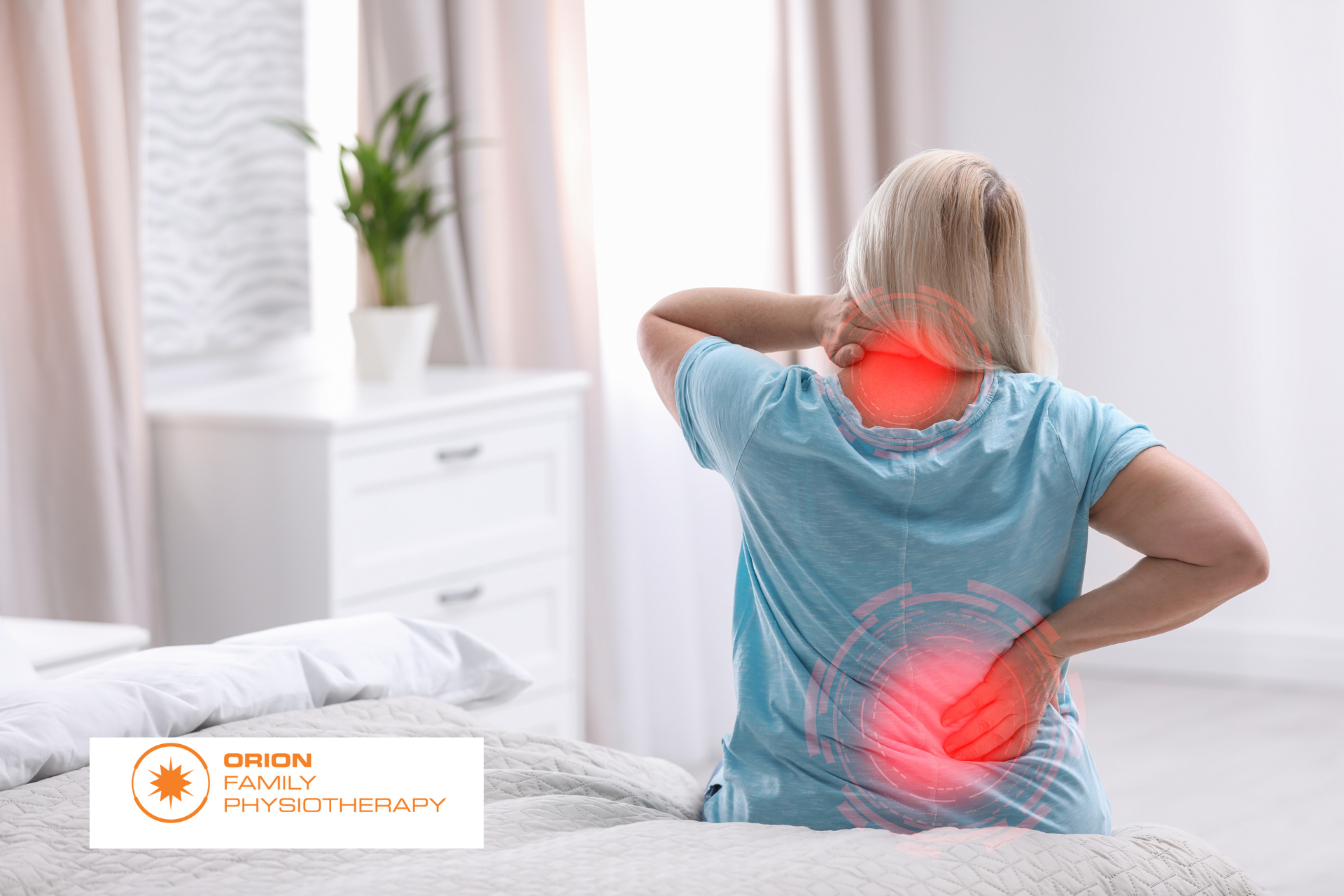
Most tissues in the body have healed completely in six to 12 weeks following an injury, however, many people have severe pain that lasts much longer than this. We know that the intensity of the pain you feel is not always associated with a similar amount of damage. In some cases, there can be a severe amount of pain with almost no detectable damage. With this in mind, we explore some reasons why your pain might not be getting better, long after the tissues have healed. You’re afraid of the pain. Pain can mean many different things, for some of us pain can affect our ability to work or can be a symptom of a serious disease. What you believe about your pain can either amplify or reduce the symptoms you experience. If you feel that every time you experience pain you are causing more damage, you will naturally pay more attention to this and your nervous system will amplify the signals in an attempt to keep you safe. If you understand the cause of your pain and know that while there is discomfort, you are not in danger of causing more damage, often the pain will feel less severe. This is one of the benefits of seeing a physiotherapist after your injury as they can help you to understand your pain, giving you more control over your recovery. You started moving differently after the injury. Immediately after an injury, it’s natural to change the way you move to avoid painful movements. After a while, these changed movement patterns can become maladaptive and actually begin to cause pain and discomfort on their own due to the altered stress patterns placed on your body. Correcting these adaptive movement patterns can often go a long way in reducing pain after an injury. You might not have noticed these changes and might need a physiotherapist to identify and help you to return to your usual movement pattern. You have lost muscle strength since the injury. While a certain amount of rest following an injury is always helpful, if we stop moving altogether, our muscles can lose strength. This can mean that our posture changes, we fatigue easier during our usual activities and that we are more susceptible to further injury. Less movement also means we actually focus on the pain more when it does happen. Physiotherapists are able to advise you on the right types and amounts of excercise for you in the period following your injury. The pain has affected your lifestyle. When pain affects your ability to sleep, work and even concentrate, it’s not surprising that this can have a negative affect on your overall wellbeing and mental health. This can create a negative cycle of anxitey and depression that perpetuates and increases the experience of pain. If your pain is really getting you down, speaking to a mental health professional can actually be a valuable part of your physical recovery
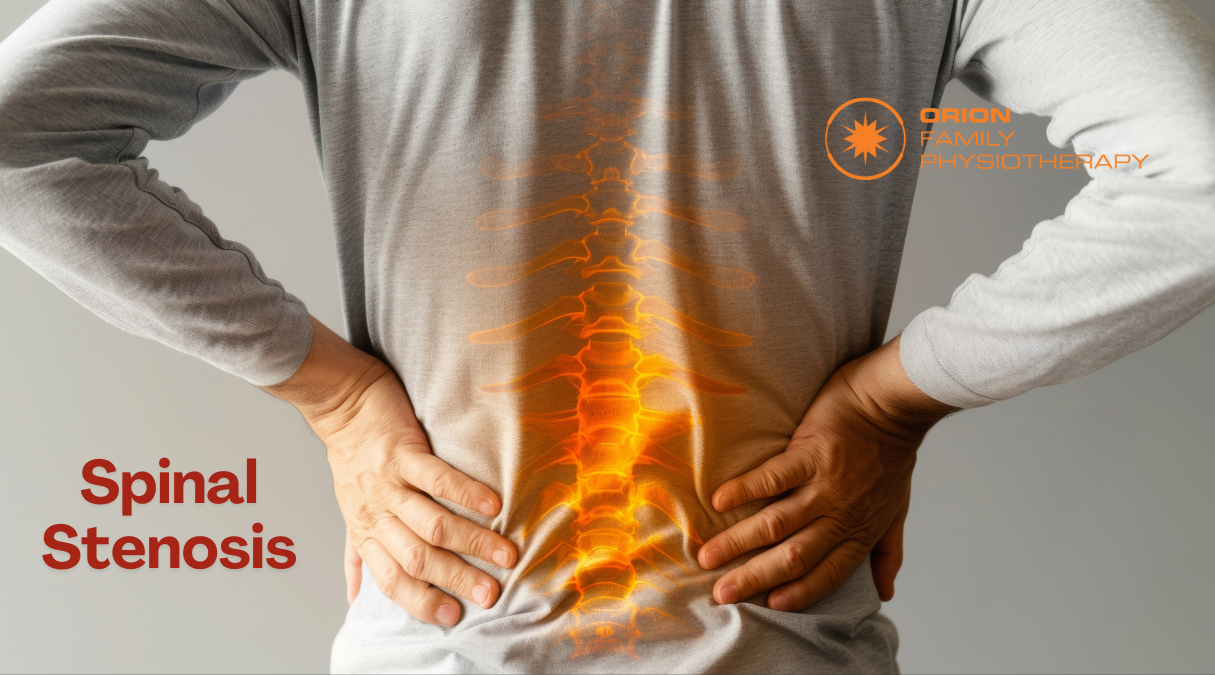
What is spinal stenosis? The spinal cord, nerves and arteries are housed by the spine, which acts as a hard electrical casing to support and protect these vulnerable structures. The spine has a hollow column that allows the spinal cord to run from the brain to the rest of the body. At each spinal segment, nerves exit the spine and supply the tissues of the body. There is also an intricate network of small veins and arteries that provide blood to the spinal cord and vertebrae, providing them with the nutrients needed to operate. Spinal stenosis is characterized by a narrowing of the spaces that house the spinal cord, nerves and blood supply. A variety of factors can cause spinal stenosis, however overwhelmingly it is caused by degenerative changes to the spine as we age. Many people over the age of 60 will have spinal stenosis; however, not all will have pain. Clinically, spinal stenosis is used to describe the painful symptoms of this condition rather than just the narrowing itself.
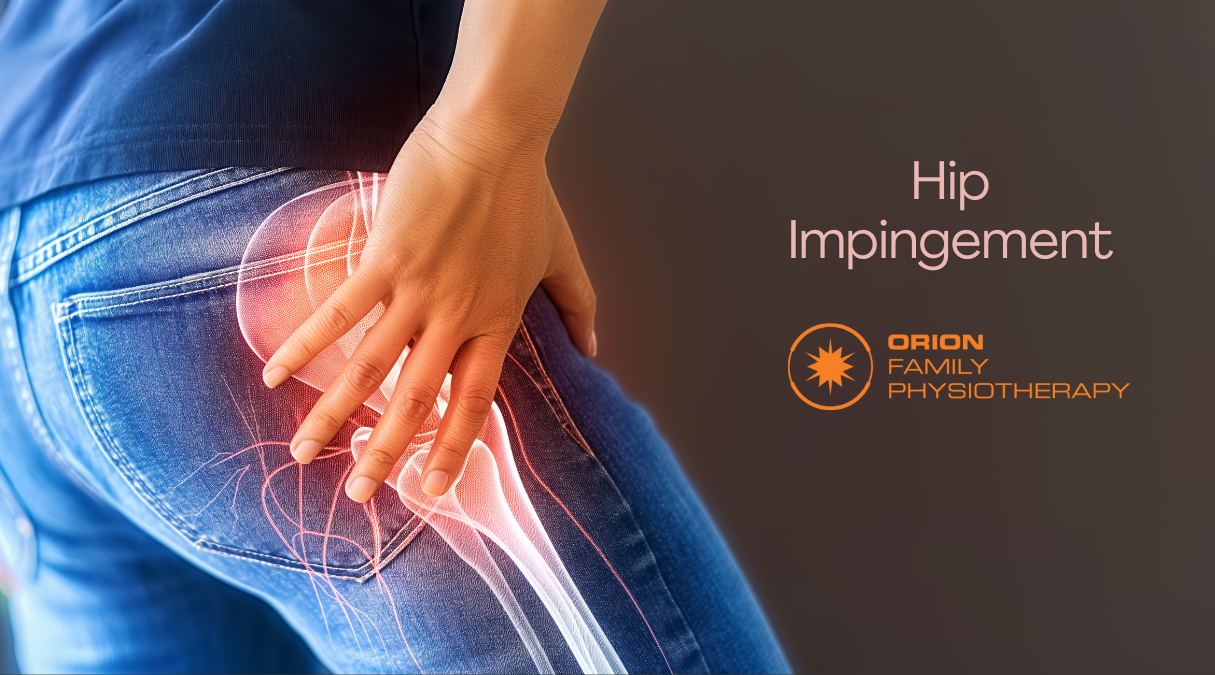
What is it? When the two surfaces of the hip joint move over each other, they usually move freely without any friction. If there is an alteration to either the socket part of the joint (the acetabulum) or the ball (the head of the femur), irritation may occur as the two surfaces move over each other. This is known as Femoroacetabular impingement, a common disorder of the hip, characterized by pain and stiffness. Femoroacetabular impingement can be classified as cam, pincer or mixed. A cam FAI occurs when the femoral head junction is flattened or a small bump is present. Pincer type of impingement occurs when the acetabular rim extends slightly, causing the femur to be impacted. Cam impingement is more common in men while pincer impingement is more common in women. However, most cases of FAI (about 85%) are mixed, meaning they both have cam and pincer types of impingement.
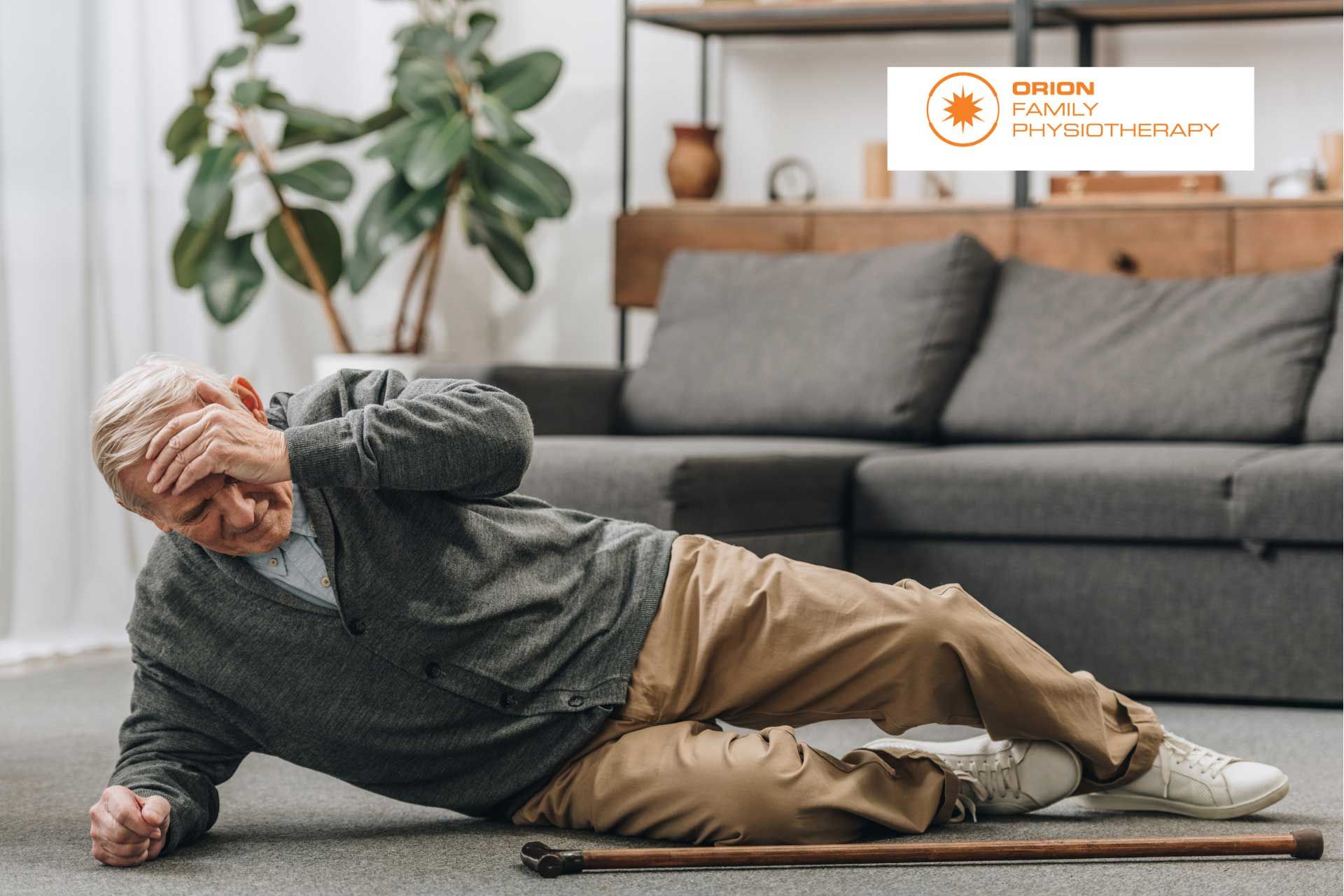
Ankle sprains are one of the most common sporting injuries and most people have experienced one at least once in their lifetime. While they are common, this doesn’t lessen their negative impacts. Surprisingly, having poor balance might be increasing your risk of ankle sprains. Here we discuss a few facts about balance and what you can do to reduce your risk of ankle injuries.
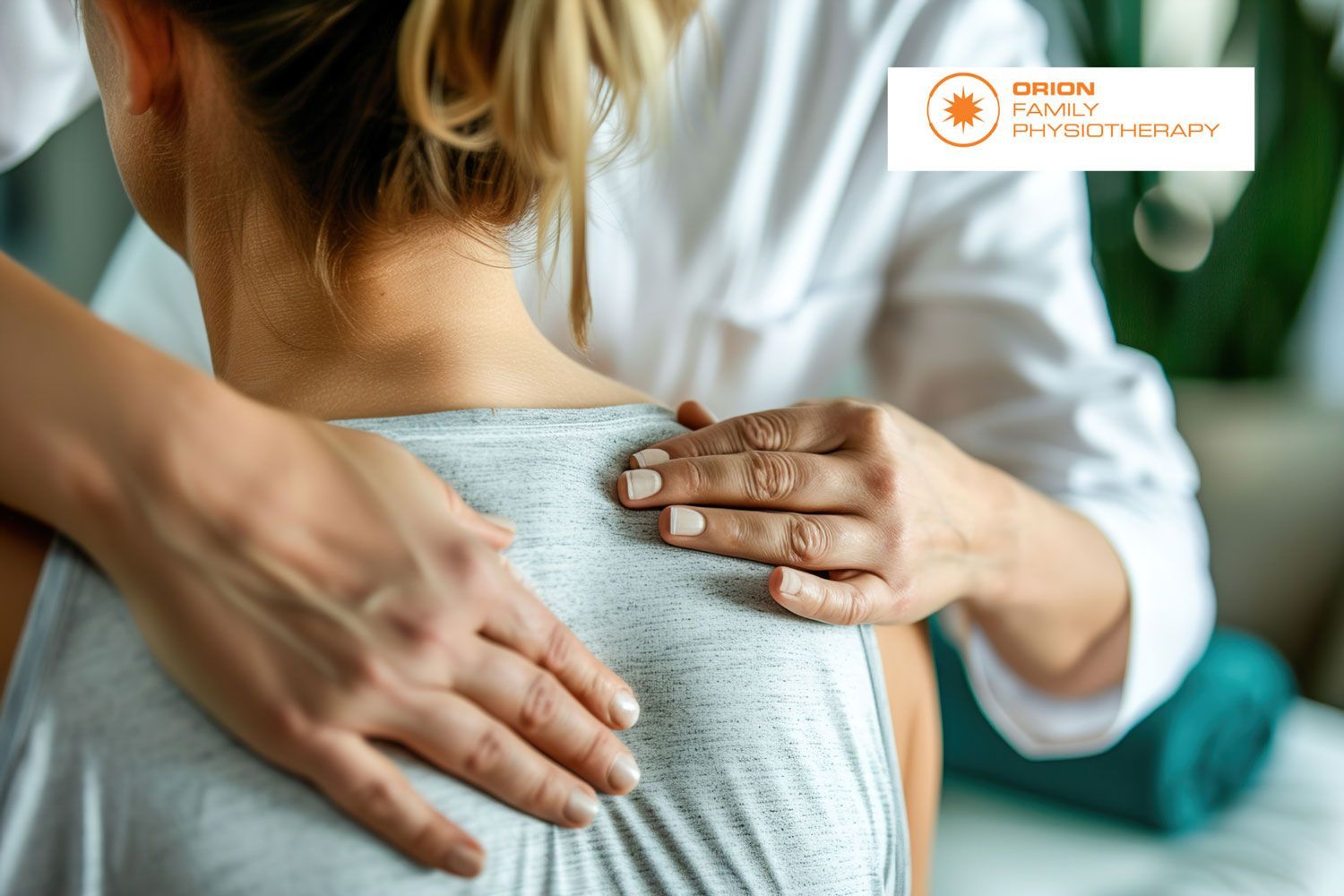
What Are They? Muscular trigger points are better known to most of us as muscle knots and can feel like painful, hard lumps located inside muscles. These knots can both be painful to touch and refer pain in surrounding areas. It is thought that trigger points form when a portion of muscle contracts abnormally, compressing the blood supply to this area, which, in turn, causes this part of the muscle to become extra sensitive. Trigger points are a common source of pain around the neck, shoulders, hips and lower back.
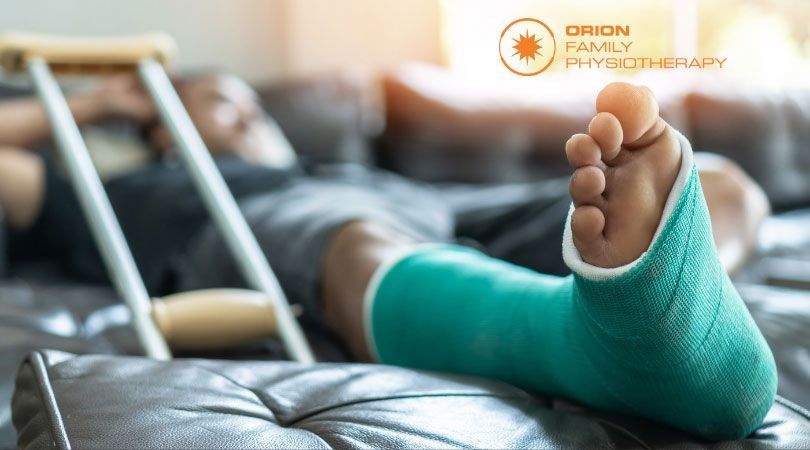
When injury strikes, the first thing that most of us want to know is ‘how long will this take to heal?’ Unfortunately, the answer to this can be complicated and requires at least a little understanding of how the different tissues of the body heal. Each of the tissues of the body, including muscles, tendons, ligaments and bone, heal at different speeds and each individual will have some variation on those times as a result of their individual health history and circumstances.

